Description
ABOUT BOARD AND CARE HOMES
For seniors who are struggling to complete their ADLs (activities of daily living) such as bathing, toileting, dressing, hygiene, medication management, housecleaning, and meal preparation, it may be time to consider alternative senior housing such as a board and care home.
That being said, what is the difference between board and care homes and other senior residential options such as assisted living?
In this article, we will explore commonly asked questions about board and care homes and provide detailed answers so that seniors who are exploring this option may be able to make better informed decisions about their living situation.
ABOUT BOARD AND CARE HOMES
Board and care homes, also called adult group homes, adult foster communities, or residential care homes, are licensed residential complexes for seniors. Board and care homes are operated 24 hours per day, 7 days per week and provide room, board, and staff to assist with basic living tasks such as bathing, dressing, hygiene, toileting, and medication management.
As compared to assisted living, board and care homes are generally smaller and house anywhere between 6-20 residents at a time. Usually, the staff live in the home with the residents and help with their 24-hour needs.
HOW DO I PAY FOR A BOARD AND CARE HOME?
Residents are typically expected to pay for board and care home costs themselves since most medical insurance policies, including Medicare, do not cover the monthly fees. Some seniors may think that using their long-term care insurance policy will work, but some policies will not include coverage for residential home living like board and care.
Oftentimes, seniors will liquidate assets by selling their current home or by converting or cashing in on their life insurance or retirement funds. In some states, Medicaid offers partial assistance for board and care home fees and waiver plans.
WHEN IS IT TIME FOR A HOME?
If you or a loved one are increasingly struggling with completing your daily activities such as personal hygiene, bathing, self-feeding, toileting, medication management, and dressing, then it might be time to consider transitioning into a board and care home.
But…how do you choose between board and care and another facility setting like assistive living. Let’s take a look at the following scenario:
Deborah is a 67 year old female who resides at home with her older sister. Deborah has schizoaffective disorder and, for many years, has been able to manage her own self-care tasks and work full-time as a seamstress. As Deborah has gotten older, and arthritis has become a growing problem, she has trouble with managing her self-care tasks and relies on her aging sister for help. As a result, her sister’s self-care tasks are being compromised and there’s no room in their schedules or strength in their hands to conduct daily housework. Deborah is not much of a people person and doesn’t require complex medical care at this time. She and her sister start considering a transition to board and care.


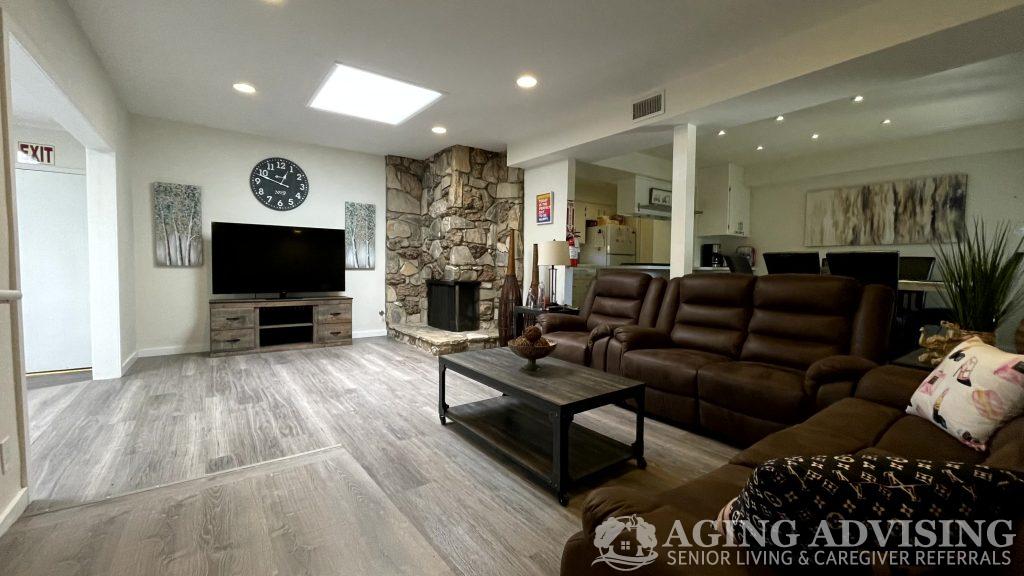
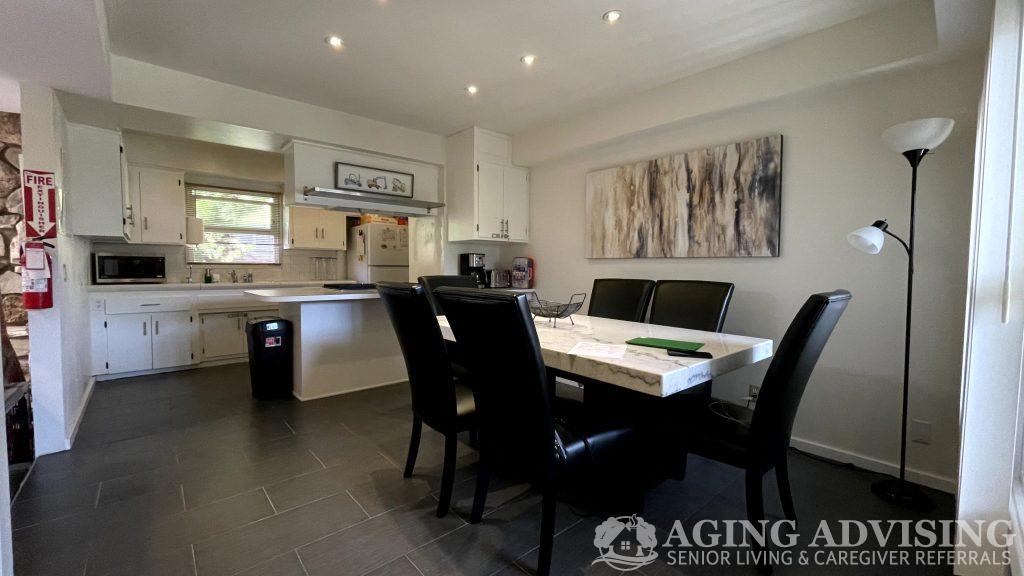
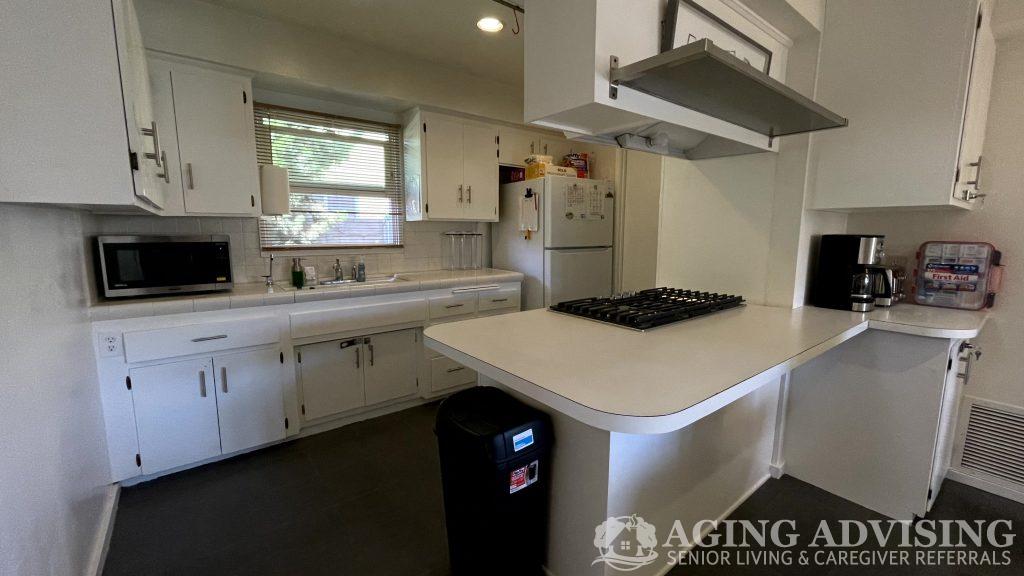
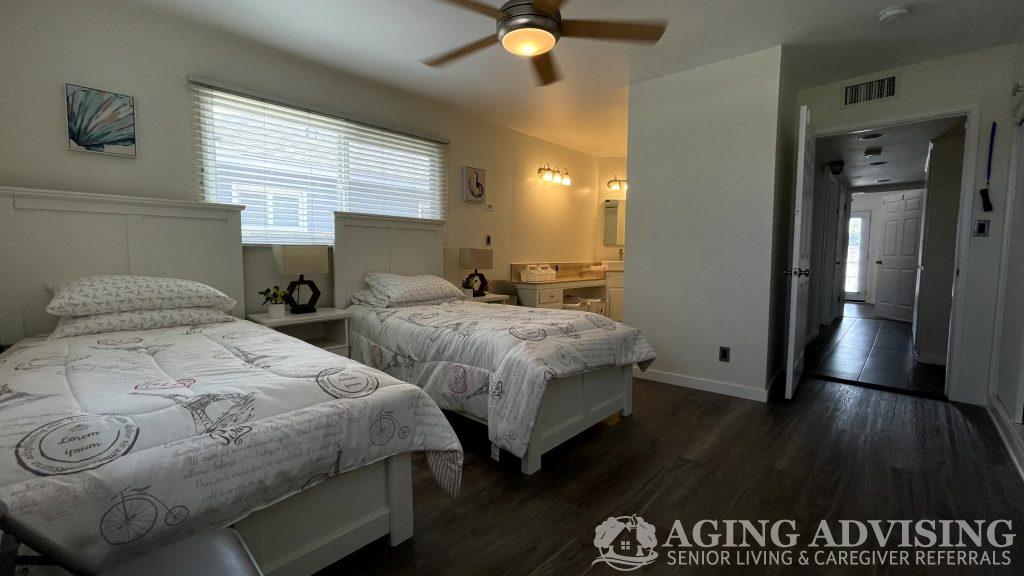
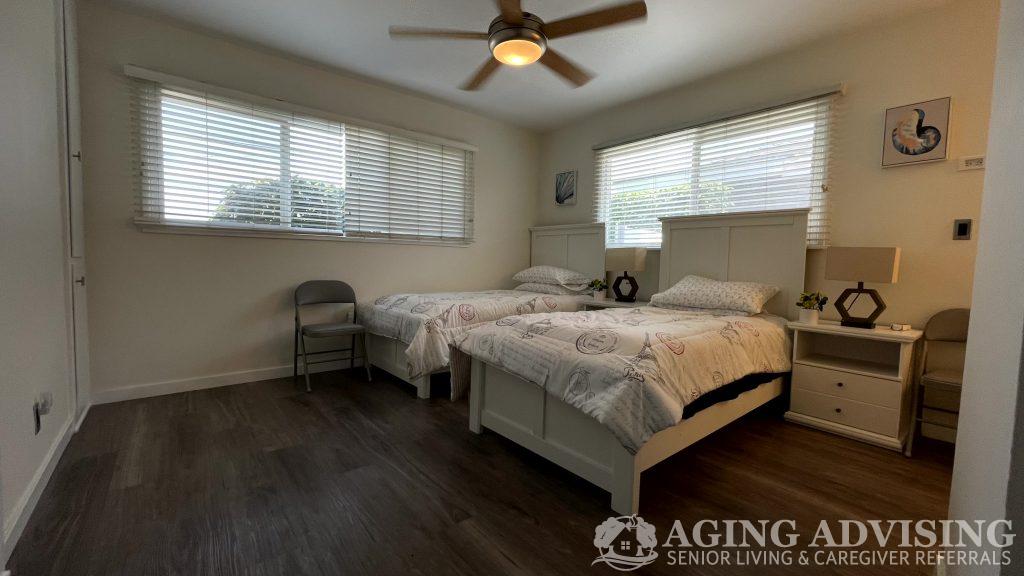

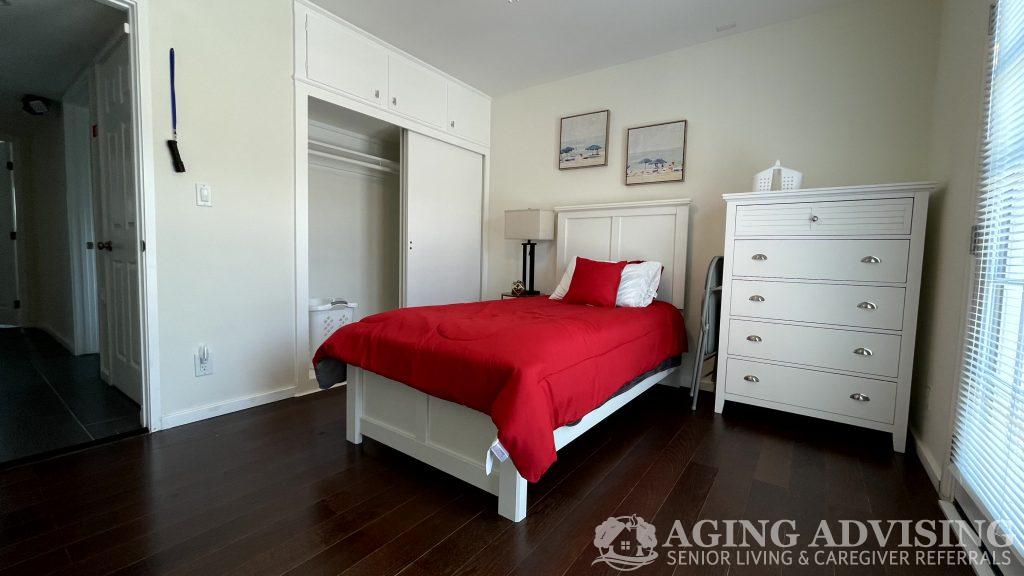

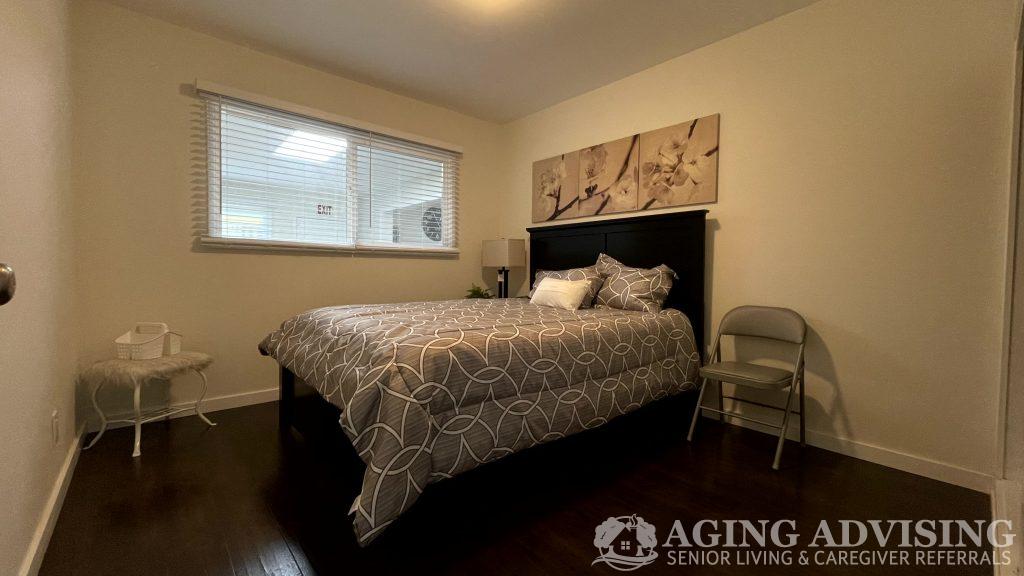
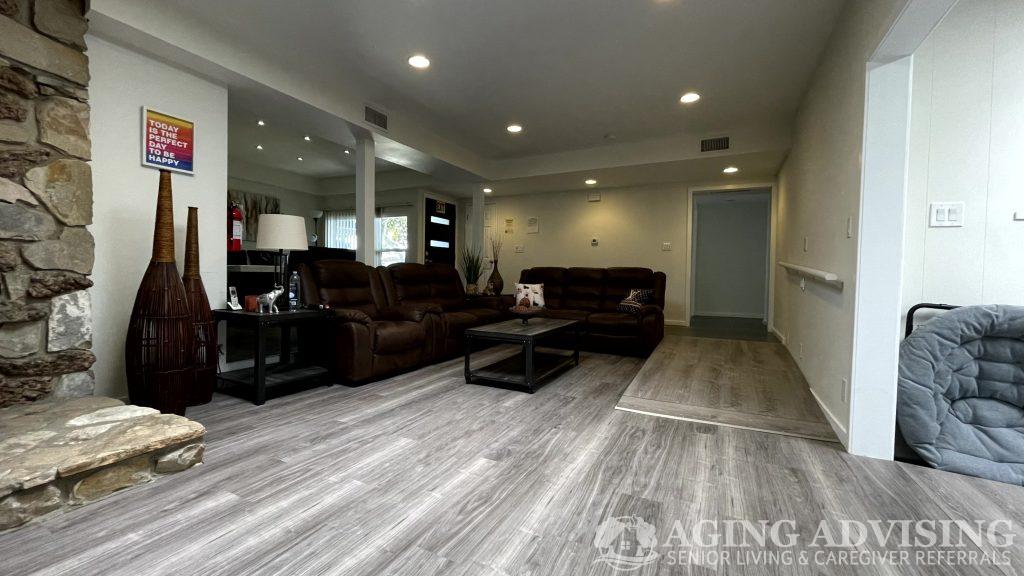
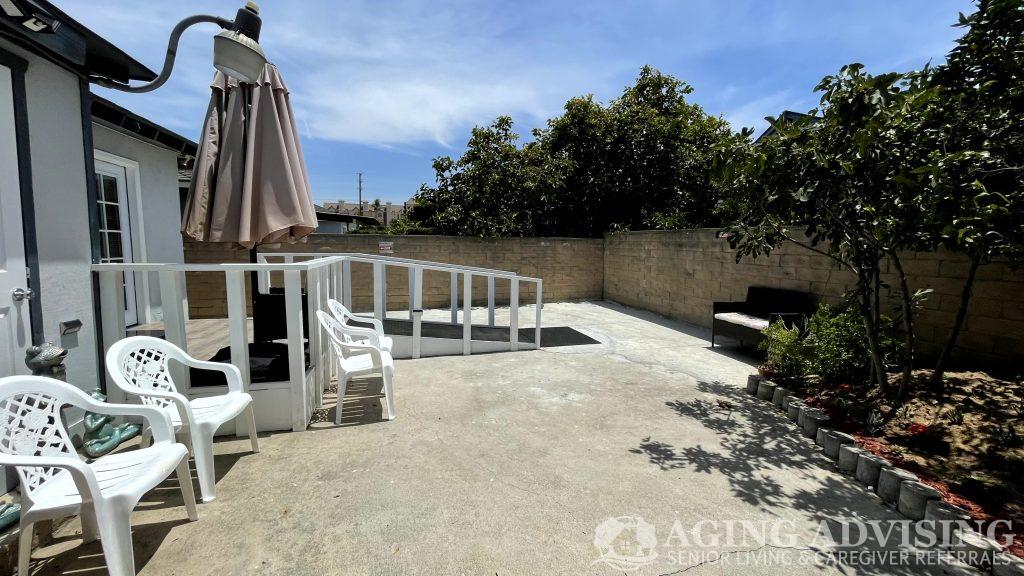
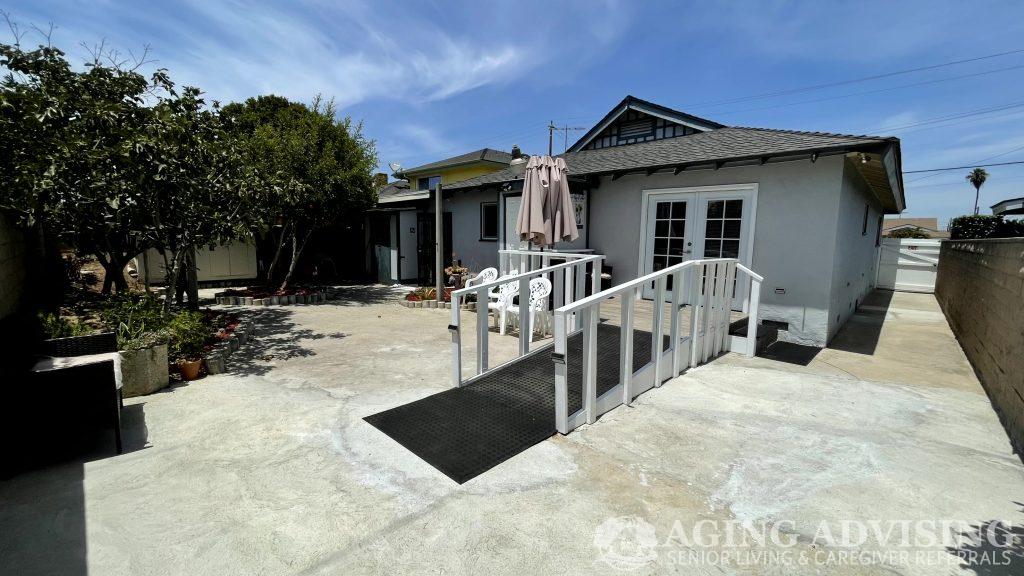



Add a comment